After the development of science and technology, packaging technology has also made great progress. It has gradually developed from the original paper bag packaging to the current polymer plastic packaging bag. All the advantages of the original paper bag packaging have been replaced by plastic packaging. At the same time, plastic packaging also has many new features that traditional packaging technology can’t even imagine. Such as ductility resistance, moisture resistance, stronger structure and cheaper price, etc.
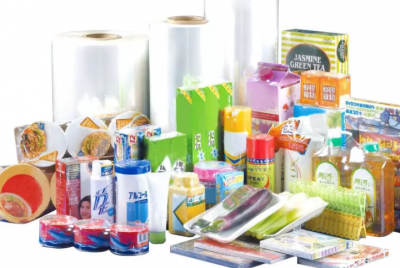
Here we introduce several materials that are very commonly used in modern industrial production, and briefly introduce their respective advantages and disadvantages.
The first to appear is the veteran product BOP.
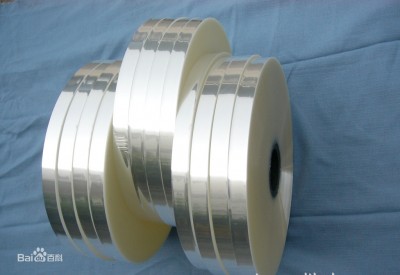
He has dominated the packaging market for decades, and even now, there are many of him in daily life. The first is his characteristics.
It’s very bright, very reflective, and has a flat surface that’s perfect for printing patterns and more. At the same time, his thickness is generally 18 microns, and the price is very cheap. But he has a small disadvantage, that is, it is not heat-resistant, it will denature when heated, become very wrinkled, and it is extremely ugly.
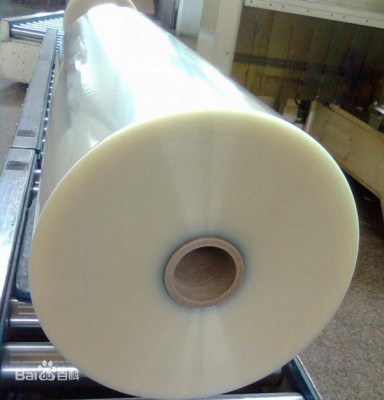
The second is our new age star product – PET. It has excellent performance, almost everything is above the BOP, and it also has good heat resistance, and it can keep its physical properties unchanged at high temperatures. At the same time his thickness is 12 microns. The only downside may be that the price is slightly higher than the BOP. It is used in almost all packaging materials.
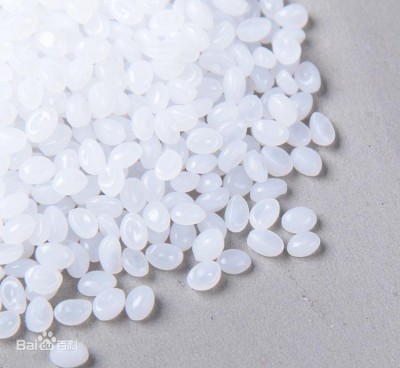
The third is our polymeric nylon material, generally called PA. It has very unique physical properties that are very different from the previous two. It has extremely strong tensile properties. Bags made from it will be very sturdy. At the same time, he also has the characteristics of high surface flatness, and it looks bright and beautiful. Its thickness is generally 15 microns, and it is also heat-resistant, and its weight is slightly larger. It is also a very important part of packaging materials.
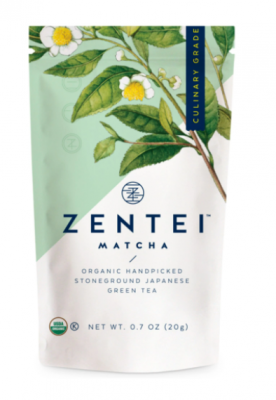
The fourth is MOPP. In fact, it can be basically counted as the same material as the BOP mentioned above. As we said earlier. BOP will wrinkle when heated. When we control the temperature and time, it becomes a matte new material with a still flat surface, but less reflective. However, it should be noted that the MOPP after such processing has become a bit fragile. In general, we have to combine it with PET to ensure its structural strength. The thickness is also 18 microns.
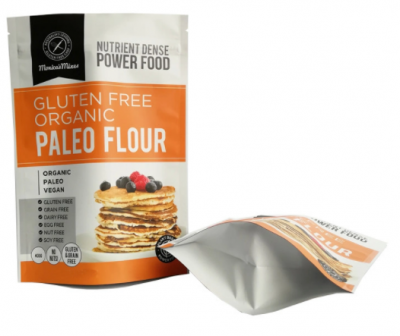
Today we are going to explain the printing film part that is very common in packaging materials.
General packaging will consist of three layers – printing film – composite film – inner film.
Today I will only explain the printing film, and next time we will explain the composite film part.
Looking forward to seeing you next time
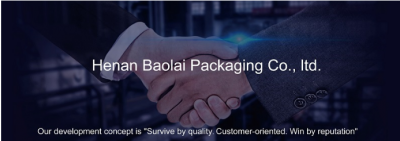
Post time: Feb-11-2022



